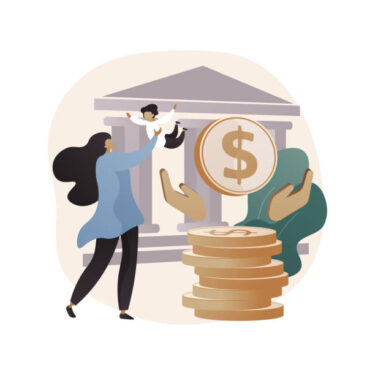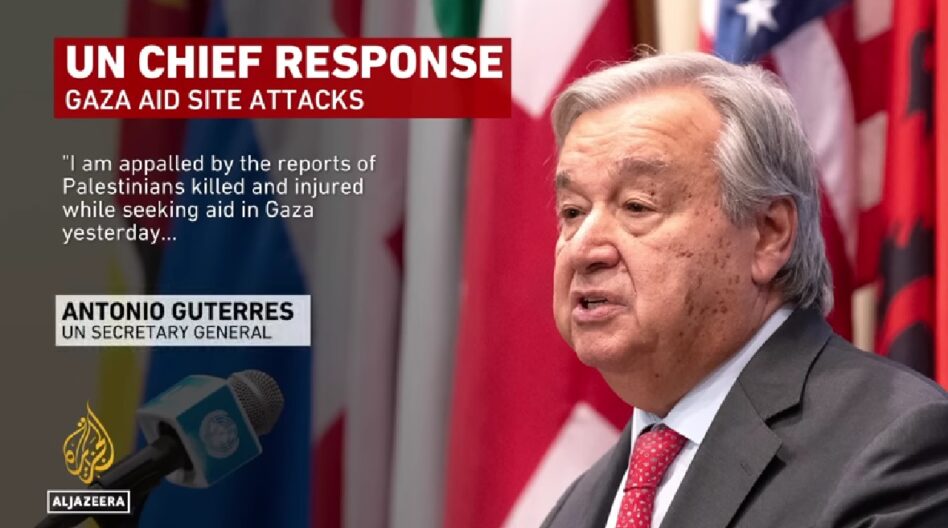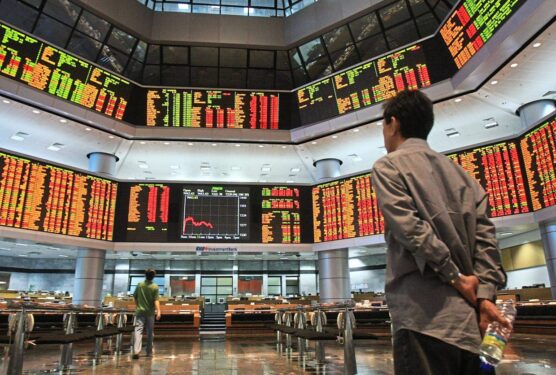RISING consumer price pressures and cost of living have exerted pressure on the Government to increase subsidies and implement price controls (price ceiling) to keep food and services prices at reasonable levels for the poor, lower-and middle-income households.
Subsidies and price controls in a range of products, including petrol, natural gas, electricity, cooking oil, sugar, toll charges and bus fares, which account for about 20% of the CPI basket.
It is estimated without the subsidies (RM51 bil) for these products, the inflation rate could have been higher at 11.4% instead of 2.8% in May 2022.
As of now (2022 year-to-date), the Government has provided the largest ever subsidies of RM77.7 bil: RM37.3 bil for petrol, diesel and liquified petroleum gas; RM4.00 for 1 kg packeted cooking oil; RM10.1 bil for electricity, chicken and eggs; RM11.7 bil for the cash handouts and the balance of RM14.6 bil for various forms of aid.
The subsidies of RM77.7 bil in 2022 are estimated to make up 31.2% of total revenue and 4.6% of GDP.
This marks the highest amount on record as previous highs were in 2008 (RM35.2 bil or 22.0% of total revenue and 4.4% of GDP) and during the period 2011-2014 (between RM36.2 bil and RM44.1 bil or between 18.1% and 21.4% of total revenue and between 3.5% and 4.9% of GDP).
The political economy of reform
These well-intended price subsidies and controls to offer some relief and protect consumers by keeping prices low in the current environment of rising consumer price pressures and cost of living, but they come at a high cost.
On the face of it, it appears inconsiderate and insensitive to gradually remove such subsidies as it would further aggravate the plight of those who are already struggling.
But these untargeted price subsidies come with high economic and fiscal costs. It is construed as one of the most expensive and regressive fiscal policy.
Though the aspects of fiscal sustainability and equity validate the much-needed subsidy and price reforms, the political consideration of populist messaging to avoid political backlash has made the subsidy reform difficult to take hold.
Consumption based subsidies such as fuel and food skewed away the distribution of income and further widen the income disparity. They are typically regressive in nature and the bulk of subsidies benefiting the high percentile of the income distribution. Ministry of Finance has estimated that more than half of total subsidies have benefitted the higher income or the T20 household income.
The enormous subsidy bill has strained the fiscal budget. Unsustainable subsidies can deepen the budget deficit, forcing the Government to borrow more and increases debt.
The share of subsidies to total revenue has been increasing from an average of 14.3% per annum in 2012-2019 to 16.6% per annum in 2020-2022E.
In 2022E, the share jumped to 31.2% of total revenue, largely boosted by fuel subsidies. The share of subsidies to total GDP declined from 2.7% per annum in 2012-2019 to 1.4% per annum in 2020-2021 before rising to 4.6% in 2022E.
Subsidies come with huge “opportunity cost” to the society. It reduces the fiscal capacity as the huge financial resources spent on subsidies have diverted the budget’s allocation from other sectors such as education, healthcare, infrastructure and housing.
Subsidy programmes encourage waste and degrade environment. When the products’ prices are cheap and heavily subsidised below market prices, it encourages excessive consumption and wastage as demand shifted towards subsidised products.
It also distorts the real market price equilibrium as the artificially low subsidised prices perpetual the misallocation of resources toward less productive economic activities.
Energy subsidy and inefficiency usage also impacted environmental impact. Countries with large fossil fuel and energy subsidies tend to have a poor track record on environmental conservation and energy efficiency.
With cheap and subsidised fuel augmented by easy credit facilities and the car ownership policy, more vehicles on the road and caused traffic congestion and pollution through carbon emission and worsen the climate change.
Likewise, the removal of electricity tariff subsidy will cause the source of generating electricity towards green environmental sustainability.
Subsidies foster corruption as the profiteers take advantage to arbitrage on the price differential between the subsidised products and services, consumption. This creates hoarding, black market and smuggling activities across the border.
Finally, in a competitive market, when price subsidies and controls held the prices below real market levels, and in some situations, price ceilings were fixed below the producers’ costs, producers’ profit margin will be affected while investors’ capital would leave the industry to seek a better return.
There will be less investment, production and supply of products making available to consumers.
A plan for price subsidies and controls reform
Why are subsidies so difficult to reduce? How to manage the disrupted economic and social impact?
To put it simply, many Governments have had difficulty reforming subsidies as they are afraid of disrupting the political equilibrium. When subsidy reforms are made, consumers will feel the pinch of rising prices, this has often led to widespread public protests.
Where there is a lack of public confidence in the Government’s governance of fuel subsidy savings to implement programmes that compensate the lower-and middle-income households, they will find the targeted spending less credible and will resist to subsidy reform.
Drawing the countries’ experiences of implementing the subsidy reform, the following 3 “Cs” – Credible, Compensation and Communication are important principles.
- Credible – Shifting from universal-access subsidy programme to targeted programme requires a comprehensive and transparent mechanism with clear objectives to identify poor households and to deliver benefits. The introduction of automatic pricing mechanisms; and phased in price increases to smoothen adjustment.
- Compensation – Targeting by social category through targeted cash or near-cash transfers such as limiting benefits to the poor; children or pensioners, or to households in certain geographical regions. Coupons can be allocated to allow targeted households to consume a certain “lifeline” amount of subsidised food or fuel products. Social safety nets are more cost effective and have a much more profound impact than generalised price subsidies.
- Communication – Transparent and extensive communication to explain why we have to shift from products subsidy to targeted households will benefit the vulnerable households more; how the resources saved from a universal subsidy programme will be redeployed for other priority spending such as public infrastructure, caring for an ageing population, better healthcare, better education for future generations, or help combat climate change. In addition, publish regularly information on the size of targeted social assistance programme and how they affect the Government’s budget.
A strong political courage is needed to implement difficult subsidy reform. Transparency and stakeholder dialogue are the cornerstone of subsidy reform in determining its design, passage, and implementation.
A well-handled removal of subsidies and be replaced by better targeted social spending for the poor and vulnerable households, plugging leakages and wastage, and productive investments can promote sustainable fiscal management and equitable outcomes. – July 12, 2022
Lee Heng Guie is the executive director at Socio-Economic Research Centre (SERC) Malaysia.
The views expressed are solely of the author and do not necessarily reflect those of Focus Malaysia.











